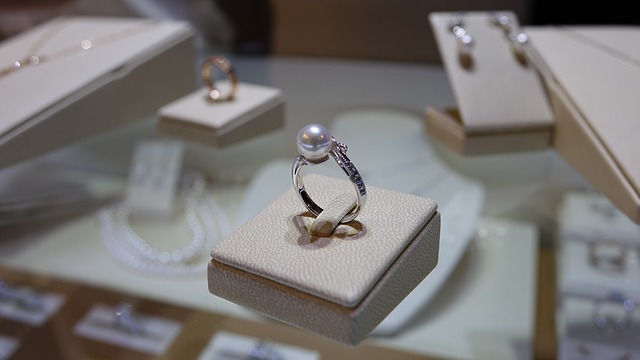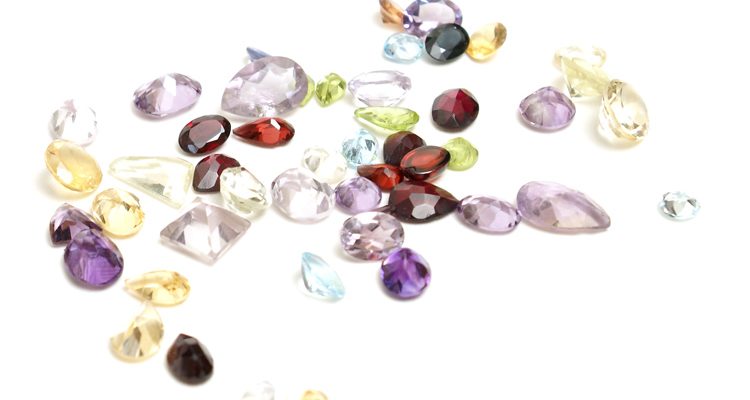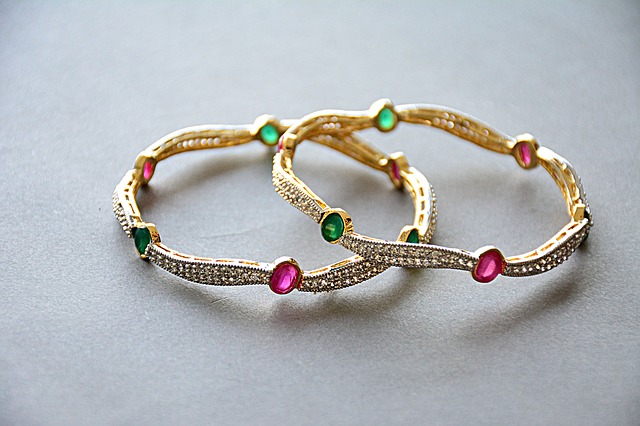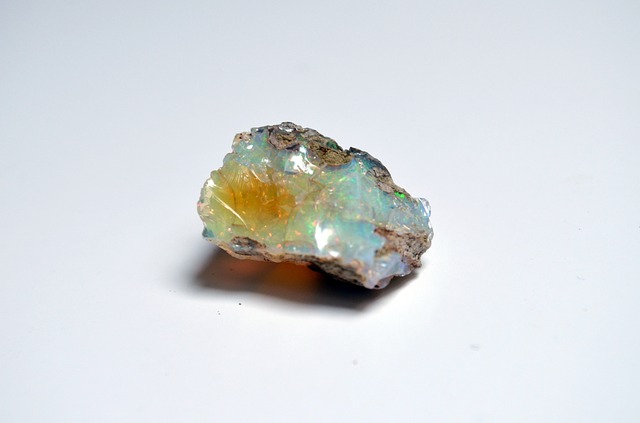It’s been said time and again that diamonds are a girl’s best friend. It is a line that is reflected in many jewellery designs made in the past in past few decades, from ornate diamond necklaces to antique engagement rings. Thanks to major mining consortium De Beers’ famous ‘A Diamond is Forever’ campaign, the inherent value of this clear stone has been ingrained into the minds of the general public. Diamonds have become synonymous with dream weddings because of this mindset.
With the long-standing hype about white diamonds, there are still some people who prefer other gems for their rings. These alternative stone options can provide an idea for those who are seeking other engagement or wedding ring designs.

A pearl in the sand
Pearls provide a unique choice for people seeking an unconventional centrepiece for their ring designs. These stones are the combination of organic and inorganic materials, made by several species of molluscs. Layers upon layers of organic material cover up any inorganic material that is ingested by the mollusc eventually transforming into a shiny and smooth rock from which pearls that people know of are formed.
- While enamel-coloured pearls are the most common pearls in circulation, there are still a handful of other colours that are being circulated in the market today. Pearls can range in colour between blue, brown, gray, and black. These pearls often fetch a higher price than the typical enamel pieces.
- Pearl rings have an iridescent gleam that can easily catch the eye of any observer. This rainbow-like effect gives pearl rings a unique shine that can last for generations if maintained properly.
- It is rare to see pearl rings used for wedding proposals these days because of the focus on diamonds. Nonetheless, pearl engagement rings still pop up in inventories on occasion, and people still seek this particular stone first and foremost.
Painting with all the colours
Some couples are not fans of the simple white lustre of traditional diamond rings. These couples prefer to experiment, picking colored gemstones for their engagement and wedding ring designs. These colored gemstones come in a wide variety of hues that are sure to fit any taste.
- There are some people who want to stick with diamonds but prefer to go with colored diamonds instead. Rings made with these colored diamonds retain the same cut and finish that traditional diamond rings have, but the appearance is altered thanks to the different hue. Colored diamonds come in such shades as black, pink, canary yellow, and champagne.
- Colored stone rings are made from a variety of precious stones, such as garnet, amethyst, emerald, and ruby. The type of stone used is usually picked for its symbolism. Some precious stones are also referred to as ‘birthstones’ because they are said to represent the personality of the wearer according to his or her birthday.
- Citrine is a precious stone that is slowly becoming a favorite among couples. This stone varies in colour between yellow, orange, and champagne-brown, giving it a warm appearance and lustre. The yellowish hue combined with an almost flawless finish makes a citrine ring stand out on its own, even when the ring itself does not have a lot of embellishments.
Rarest of the rare
Rare gemstones are a good choice for those who are both not enticed by the allure of diamonds and common coloured stones and have enough money to start their own jewellery business. These stones are rare either because they only appear in certain very specific areas, often in small amounts, or because their composition is very unique. Needless to say, investing in rare stone rings is an endeavour that requires a lot of funds and a lot of luck, as few of these rare stones appear in large enough quantities to be convertible into actual jewellery pieces.
- Serendibite and blue garnet are two stones that are rare thanks to their composition. The presence of a high concentration of vanadium in blue garnet gives the stone its color changing properties, a quality that is unique among the various types of naturally-existing garnet. Serendibite is the result of an unusual mix of calcium, magnesium, aluminum, silicon, boron and oxygen, a combination that gives the stone a vague cyan hue.
- Black opal and red beryl are two rare gems that have a connection with common gemstones. Black opal is basically opal with trace amounts of carbon and iron oxide that provide its signature black hue, which increases the brilliance of its iridescence in low light. Red Beryl is often referred to as the ‘red emerald’ because both gems are mined from beryl deposits, although red beryl has a high presence of manganese that gives it its distinct shades of red.
- Jadeite rounds up the list of rarest gemstones on the market today. While arguably a higher quality of jade than nephrite, it is only jadeite that retains value as a gem. The intensity of its green hue combined with the level of its transparency determines its value. A jadeite jewellery piece managed to fetch £6.4 million during an auction back in 1997.
There are many great engagement ring designs out there in the market to choose from. If diamond rings don’t live up to the hype, go for the large selection of other rings available. Just remember to keep in touch with jewellers so they can provide expert advice and purchase suggestions.





Leave a Reply